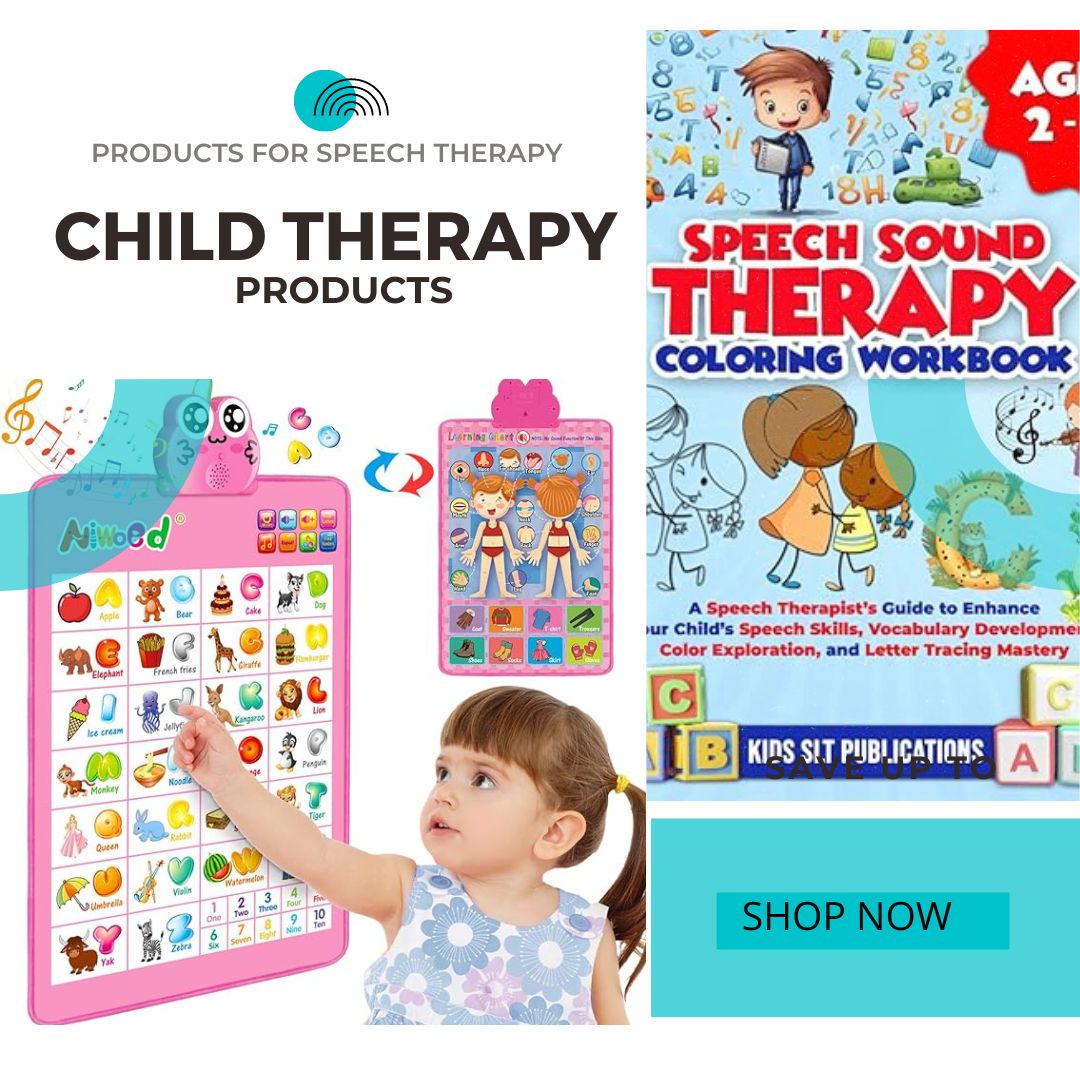For parents of children with autism, a particularly challenging manifestation is nonverbal autism, also known as non-speaking autism. Individuals with nonverbal autism have significant difficulties developing spoken language, although other communication methods may develop.
As per a report which is published on cochranelibrary.com by Amanda Brignell, Karen V Chenausky, Huan Song, Jianwei Zhu, Chen Suo and Angela T Morgan, People with ASD often also have language difficulties, and about 25% to 30% of children with ASD either fail to develop functional language are minimally verbal commonly known as nonverbal autism.
Now in this article, we’ll explore the characteristics of nonverbal autism, lifespan considerations, potential causes, and strategies that parents and caregivers can utilize to support communication and development in nonverbal children.
Signs of Nonverbal Autism
While autism is a spectrum disorder with varying support needs, common signs of nonverbal autism include:
- Very limited speech abilities, often just sounds or individual words
- Reliance on nonverbal communication like facial expressions, gestures, and body language
- Aversion to eye contact
- Use of assistive communication devices
- Delayed language milestones compared to peers
- Echolalia or repetitive speech
- Alternative communication methods like pictorial systems
- Sensory sensitivities, especially to sound
- Self-stimulatory behaviors like hand flapping
- Difficulty understanding nonverbal social cues
- Struggles expressing wants, needs, or thoughts through speech
For those with nonverbal autism, language deficits cause significant communication challenges and frustration. But with specialized interventions and alternative communication strategies, quality of life can be greatly enhanced.
Nonverbal Autism LifeSpan
While autism itself does not impact life expectancy, research shows that nonverbal individuals with autism often face greater support needs throughout life. Language abilities can shift over time, but prognosis depends heavily on early intervention.
Some common trends include:
- One third achieve phrase speech by age 5 with therapy.
- One third develop limited, simple speech.
- One third remain nonverbal long term, relying on AAC strategies.
- Challenging behaviors may increase after age 10 for nonverbal youth.
- Adult speech potential depends on childhood language growth.
- Many require lifelong supervision, though some live semi-independently.
- Strong visual, technology and social skills aid independence.
- 1 in 4 may lose speech abilities after developmental regression.
While outcomes vary significantly, early language development greatly impacts lifelong prognosis. Ongoing communication support is crucial.
Causes of Nonverbal Autism
On the ground there is not much information available about what really causes Nonverbal Autism. But as per the current research or past analysis, you might count on the following contributing factors:
- Genetic mutations affecting speech motor planning.
- Abnormalities in brain regions controlling speech and language.
- Hearing impairments causing auditory processing difficulties.
- Oral-motor coordination deficits impacting speech articulation.
- Language comprehension challenges hindering expression.
- Neurological conditions co-occurring with autism, like epilepsy.
- Anxiety exacerbating social and communication struggles.
- Sensory over-sensitivity creating speech aversion.
- Minimal access to early speech and language interventions.
- Pregnancy-related exposure to some medications may raise the risk of autism.
While more research on causes is needed, focusing intervention on each child’s strengths provides the best outcomes day-to-day. Patience, positivity and partnership with support providers equip parents to champion their child’s progress.
Can nonverbal autism be Treated?
Specialized therapies and interventions tailored to nonverbal autism can significantly improve communication abilities and quality of life. As per a study which was published by Ericka L. Wodka (PhD), Pamela Mathy (PhD), and Luther Kalb (MHS) from the Center for Autism and Related Disorders looked at 535 children diagnosed with autism between the ages of 8 to 17.
All participants experienced extreme language delays at 4 years old. At the age of 4, the participants’ language delays included nonverbal and only simple words or phrases. The study discovered the following beneficial outcomes for children with nonverbal autism:
- 47% of the children became fluent speakers.
- 70% of the children were later able to speak in simple sentences.
- It was found that most participants had higher IQ’s!
Recommended strategies include:
- Applied behavior analysis to motivate speech attempts through rewards.
- Speech therapy focused on mouth and tongue coordination.
- Occupational therapy addressing sensory issues hindering speech.
- Physical therapy improving overall motor skills.
- Augmentative and alternative communication (AAC) devices, sign language, picture exchange communication systems.
- Communication boards with images, letters, words for pointing.
- Speech-generating devices and voice output tech.
- Visual supports like calendars, schedules and Social StoriesTM.
- Noise-cancelling headphones to filter overwhelming sounds.
- Assistive technology tools to enable communication.
- Functional communication training via behavioral techniques.
- Social skills groups teaching nonverbal cues.
- Alternative treatments like music or animal therapy.
An individualized, multi-disciplinary approach combines many therapies for the best outcome. Consistency across environments also helps progress endure and in this era a child suffering from nonverbal autism can be treated.
How is nonverbal autism diagnosed?
A pediatrician may be the first healthcare provider to screen a child for autism spectrum disorder. When parents notice unusual symptoms, such as a lack of speech, they should contact their child’s doctor.
A range of tests may be ordered by the medical expert to rule out other probable causes. These are some examples:
- a physical exam or oral test
- blood tests
- imaging tests such as an MRI or a CT scan
If the condition is bit severe then children may be referred to a developmental-behavioral pediatrician by some physicians. These doctors are trained to address disorders such as autism.
This medical professional may request additional tests and reports, which could include:
- a full medical history for the child and parents
- a review of the mother’s pregnancy and any complications or issues that arose during it
- a breakdown of surgeries, hospitalizations, or medical treatments the child has had since birth
Finally, autism-specific tests may be used to confirm a diagnosis. Several tests, including the Autism Diagnostic Observation Schedule, Second Edition (ADOS-2) and the Gilliam Autism Rating Scale, Third Edition (GARS-3), can be used with nonspeaking children.
Creating a Supportive Home Environment
Parents of nonverbal children can consult with a speech language therapist or adopt some powerful strategies at home to foster communication growth:
- Maintain predictable daily routines using visual schedules.
- Encourage facial expressions, gestures and body language as communication.
- Use child’s preferred toys, characters and activities to engage them.
- Reinforce attempts to speak with praise and rewards.
- Limit screen time focused on speech and language apps.
- Read books together and echo what you read to model speech.
- Encourage pointing, Picture Exchange Communication System.
- Learn simple sign language and songs with gestures.
- Demonstrate patience – speech may develop gradually.
- Provide sensory tools like fidget toys to ease anxiety.
With family support, compassion and early intervention, nonverbal children can thrive. Though challenges exist, focusing on strengths while expanding communication avenues paves the way for them to express thoughts, wants and needs through speech or other modalities.



